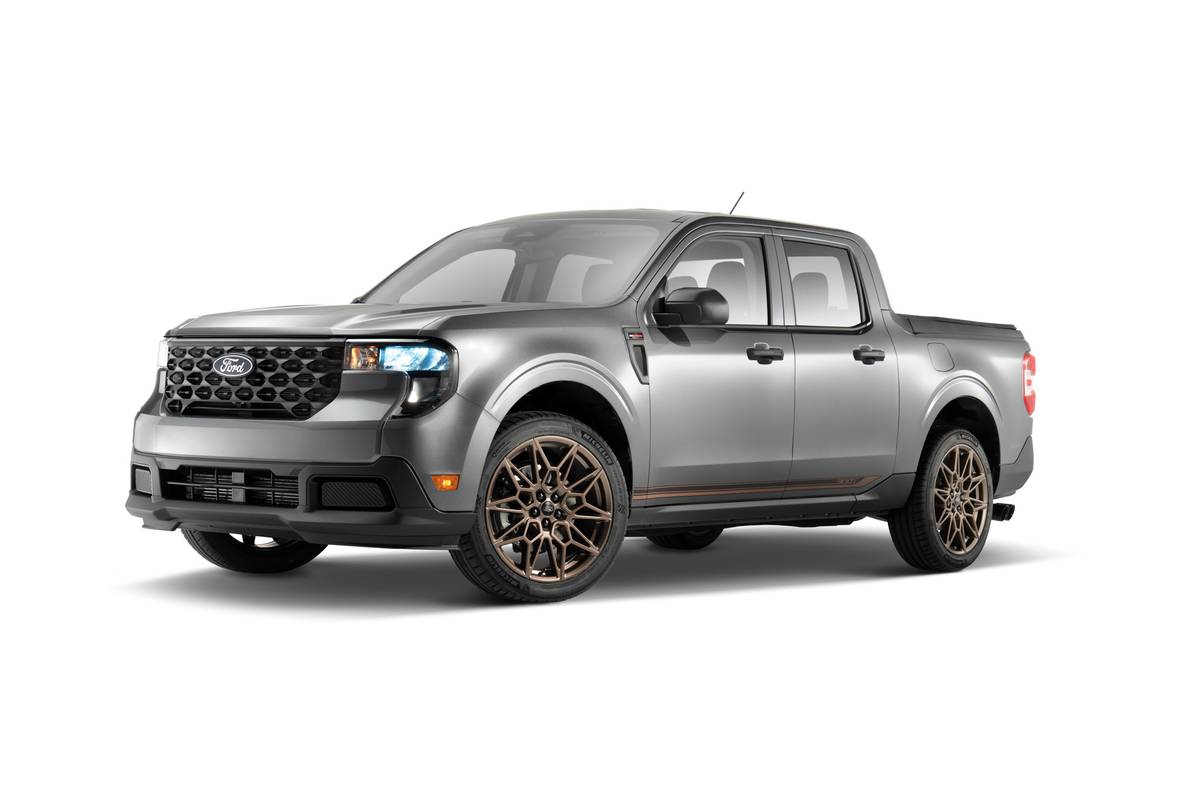The Morning Call and Mcall.com's view
Under the new scheme of things at General Motors, Oldsmobile Division will get a sportier image. Just how sporty the image will get is apparent in its new Touring Sedan, a mid-1987 specialty car that is not only the most expensive car ever offered by Oldsmobile but a car designed to compete head-on with expensive European sports and touring sedans.
When you find out that the Touring Sedan is based on the Ninety-Eight, there could be some doubts to its sportiness. And this is quite understandable since the venerable Ninety-Eight has been known as a luxury car from the day of its introduction as a 1941 model. Never a hint that it was anything else but a smooth riding, passenger-pampering luxury car. But, as we all know, times do change.
What the big surprise is, though, is that the Touring Car actually works and fulfills Oldsmobile’s claim that it represents a new entry into the arena of world-class road cars. Sports sedan enthusiasts, especially those who own some of the very high-priced models, will probably sneer at this, and they, along with traditional Ninety-Eight buyers, are going to be in for a big surprise. So, roaring through the gate with your Ninety-Eight may take on a whole new meaning.
The most obvious feature that distinguishes the Touring Sedan from the Ninety-Eight is its external appearance. It is not so much the Touring Sedan’s trim as lack of trim that gives it its European look. The basic rather formal- looking body styling is still apparent and somehow through the subdued use of trim application and ornamentation, it manages to look a little meaner. The test car (supplied by Ruhe Oldsmobile, 15th and Tilghman streets, Allentown) didn’t draw any particular attention to itself but it did receive some second looks from drivers of European sports sedans, who may not have known what it was but knew something was different.
You definitely know something is different once you get inside of the Touring Sedan. There is the look and feel of luxury (can’t really subdue this). Not in the traditional manner of the Ninety-Eight, but more or less like that of a luxury sports sedan. The full leather seats with perforated leather inserts are standard as are the door’s perforated leather inserts. Adding areal touch of class is genuine burl walnut wood trim on the instrument panel, console, armrest and trim plates.
Perhaps the biggest surprise is the instrument panel featuring an analog gauge cluster, something you just don’t see in a Ninety-Eight. The cluster has a 120-mile-per-hour speedometer, a tachometer and gauges for fuel, voltage, oil pressure and water temperature. Another surprise is the floor-mounted shift, the first for a Ninety-Eight.
In the attempt to outdo the other sports sedans, Oldsmobile did go a little overboard on the Lear Siegler bucket seats. In addition to the six-way power adjustments and power reclining, the seats have power side bolster adjustments, power lumbar and thigh adjustments and power articulating headrests. By the time you get the seat adjusted, it may be time to go home. The one item Oldsmobile apparently didn’t give too much thought to is the emergency brake release. The release is located just in front of the driver’s door arm rest, which also houses many of the controls. The problem is the arm rest is so close it is difficult to get at the release. Oldsmobile can cure this problem and make the Touring Sedan even sportier by installing a central hand brake.
All of this makes the Touring Sedan look like a sports sedan but doesn’t really help performance or handling. Accomplishing this is a fuel-injected V-6 engine, FE3 handling package for the four-wheel independent suspension, automatic electric leveling system and ABS (anti-lock braking system); all standard equipment.
The Touring Sedan is powered by a 3.8-liter/231-cubic-inch V-6 coupled to a four-spe d automatic transmission. This powertrain is used on several other front-wheel drive General Motors big cars and is really neat combination for performance and fuel economy. The engine, featuring Bosch sequential port fuel injection, is rated at 150 horsepower at 4,400 rpm and 200-foot pounds torque at 2,000 rpm. This is more than enough horses to move about the 3,300 pound Touring Sedan in a brisk manner. To provide just a little more kick, the final drive ratio has been lowered to 2.97, which means it is faster off the line and in passing than the Ninety-Eight with its higher gear ratio. Keep the pedal to the metal and the Touring Sedan will hit about 60 miles per hour in a little under 11 seconds.
Even with the reduced gearing, the Touring Sedan’s engine is only turning over 1,500 rpm at 55 mph in overdrive fourth gear. Consequently fuel mileage is quite good. The test car averaged 16 miles per gallon for city driving and 26 mpg over the highway.
Even more impressive than performance is the Touring Sedan’s handling. It will twist and turn with the best of them and, surprisingly, will maintain a decent ride over all kinds of road surfaces. The FE3 suspension system features increased spring rates, firmer bushings, larger stabilizer bars and revalved shock absorbers. Included in the package are P215/65R15 performance tires mounted on aluminum styled wheels. In addition, the automatic electronic leveling system keeps everything on an even keel, regardless of the number of passengers or amount of cargo.
Another feature that proves the Touring Sedan is a serious car is the ABS. The anti-locking braking system is a fairly recent innovation and was first used on the very expensive German cars in the late 1970s. Since that time it has come into use on more and more cars and generally those of a higher price tag. In very simple terms, ABS will prevent skid-preventing wheel lock-up, thus helping the driver maintain steering ability during emergency stops. The system works on all types of surfaces – dry, wet, part dry/part wet, snow, ice and what have you. On very slippery surfaces, such as ice, ABS can’t perform a miracle and stop the car within normal stopping distances, but it will keep the car straight and true and allow steering control even if the brake is fully depressed.
There is nothing really magic here but rather sensors at each wheel that monitor the speed of the wheel and feed the data into a microprocessor. When you apply the brakes in an emergency situation, the microprocessor will make corrections – up to 15 times per second – and provide lockup free stopping power and control when it is needed most. Really a great feature which I hope will be on every new car in the near future.
Base price for this most expensive of all Oldsmobiles is $24,107. For those who are now feeling a little weak in the knees, it should be noted that this is for a fully equip ped car. Standard are the powertrain, sports suspension, level ride system, ABS, power seats, power windows, ETR AM/FM stereo cassette with ”Dimensional Sound” six speaker system, power outsider mirrors, foglamps, analog gauge cluster, leather-wrapped steering wheel with tilt steering column, power antenna, electronic automatic air conditioner, cruise control and a bunch of other things.
The full price on the test car, including a destination charge of $500, came to $24,909. Options totaled only $302 and included body side moldings, $60; automatic inside mirror, $60; remote control fuel filler door, $25; twilight sentinel, $60, and external monitor lamps, $77. The Touring Sedan is covered by GM’s 6-year/60,000-mile powertrain warranty and 6-year/100,000-mile rust-through protection warranty.
Latest news



